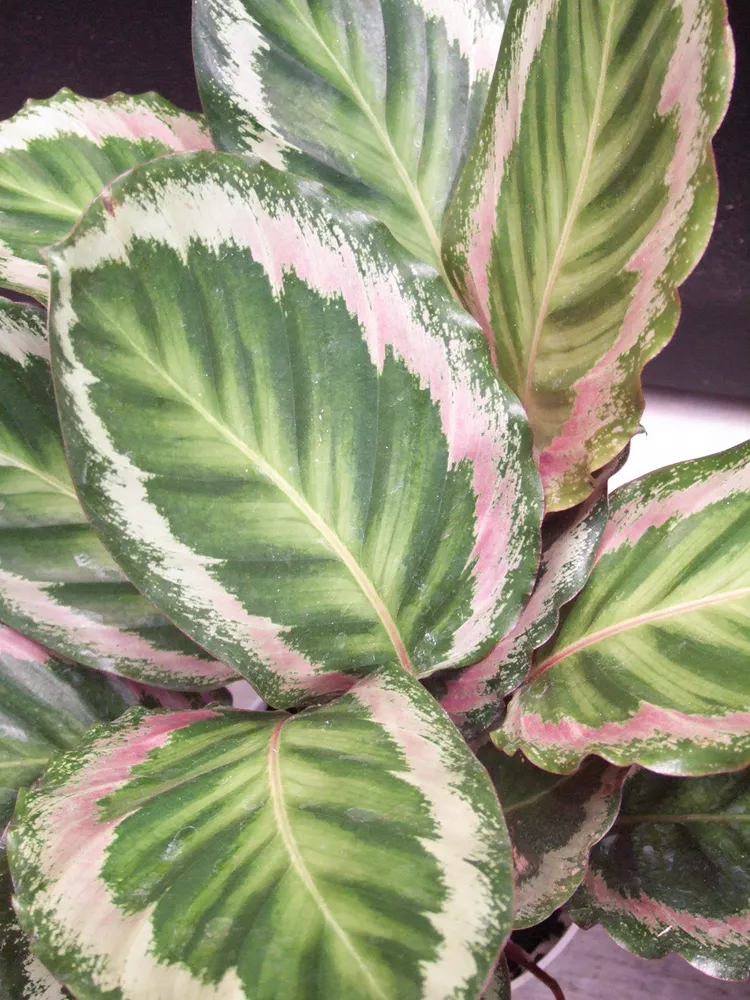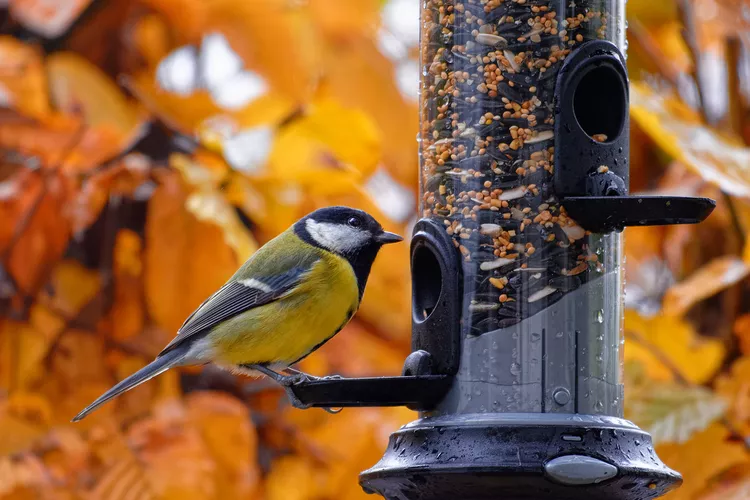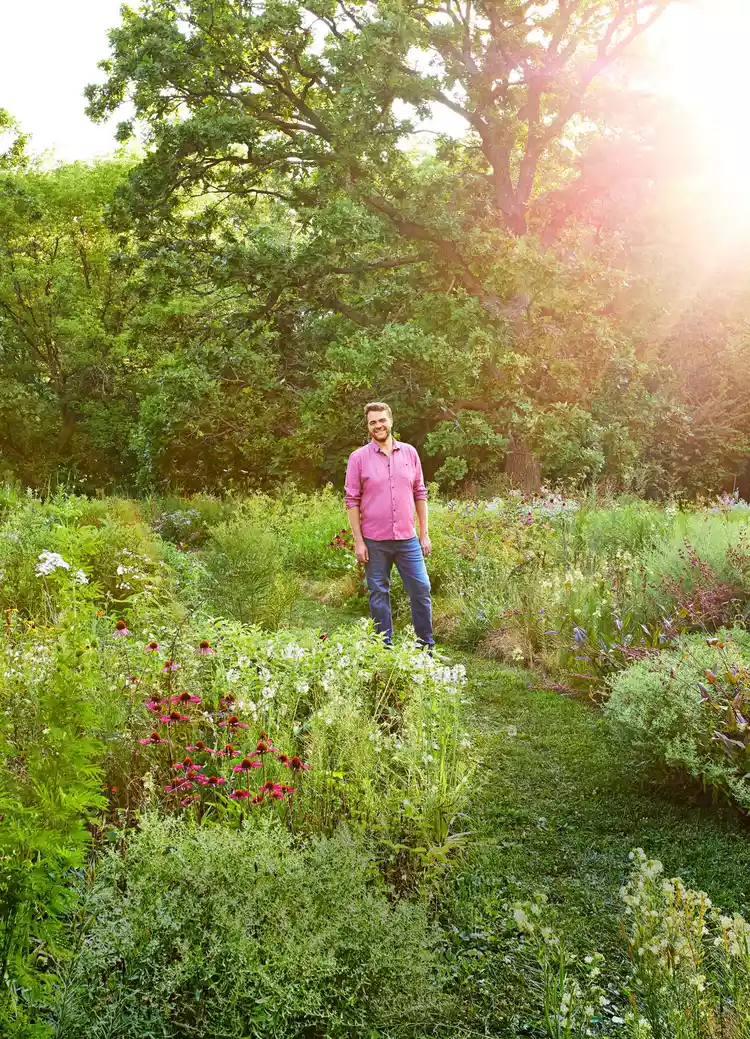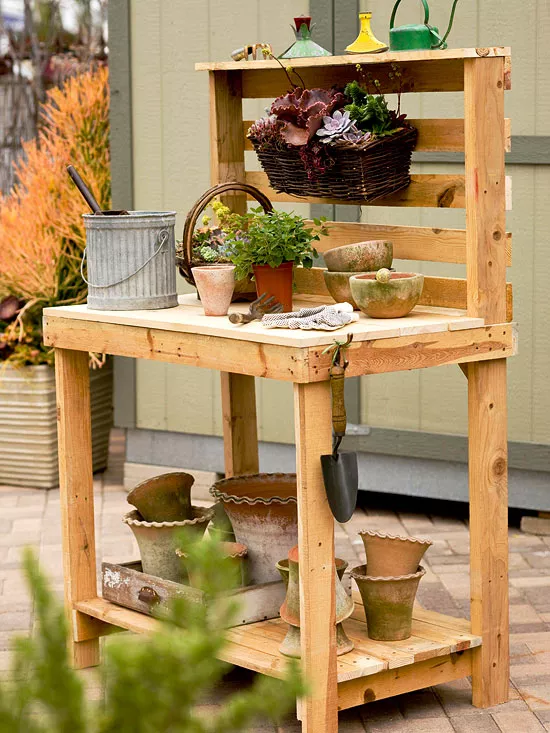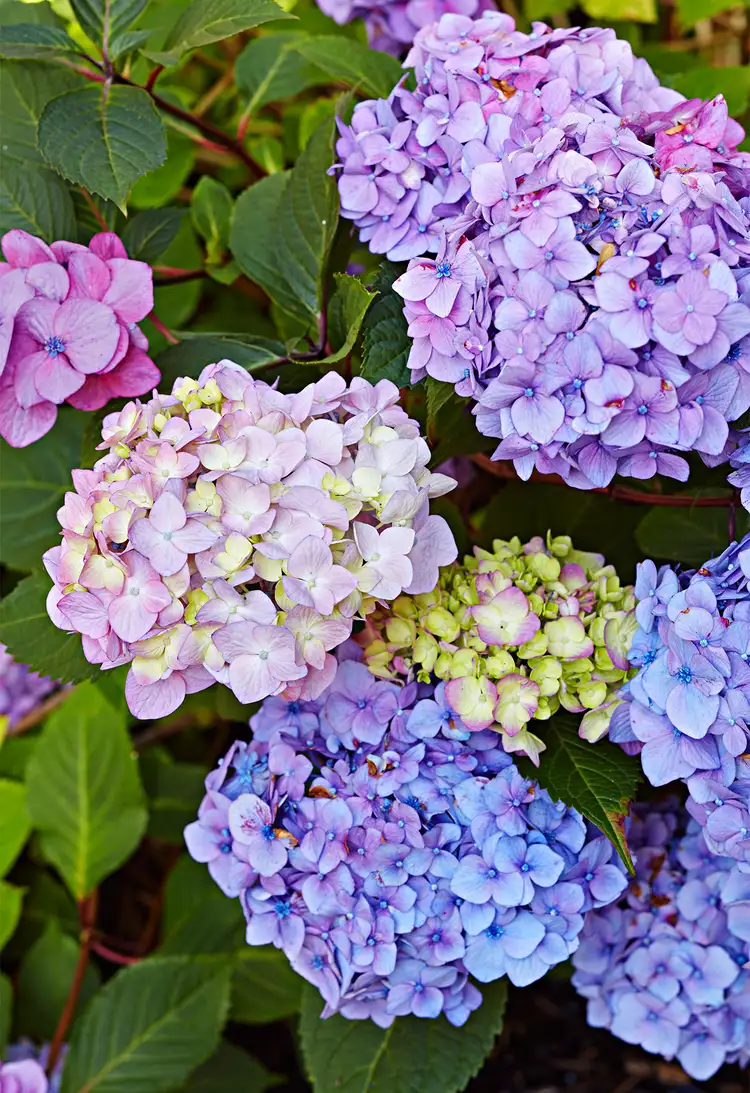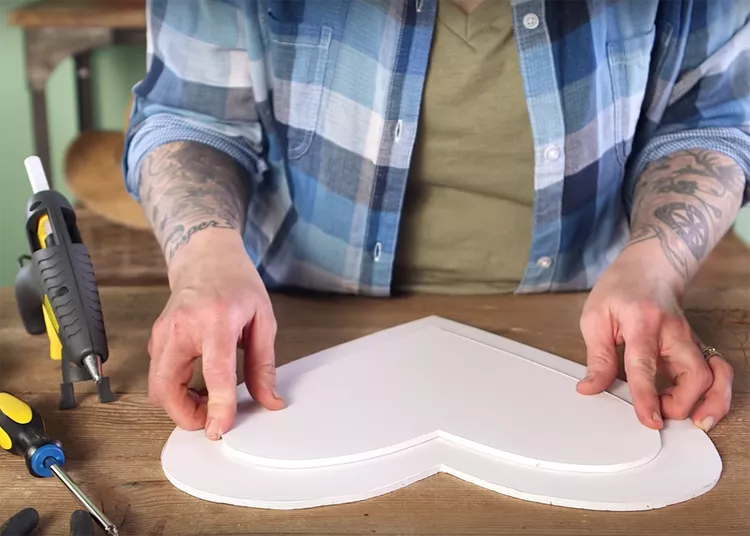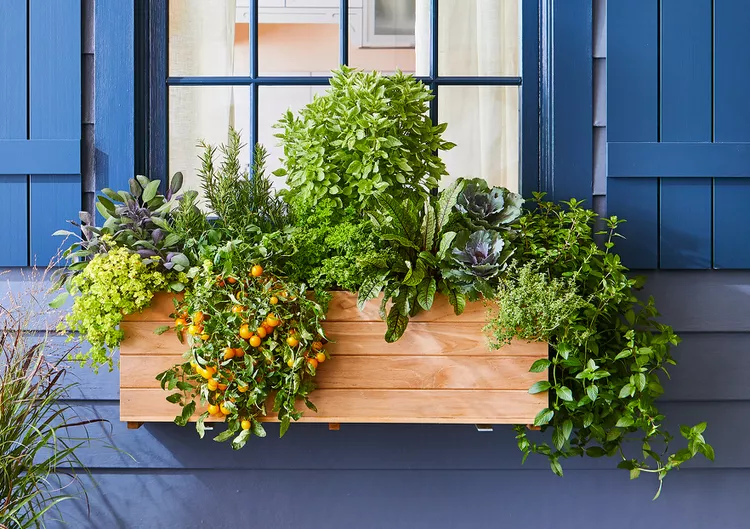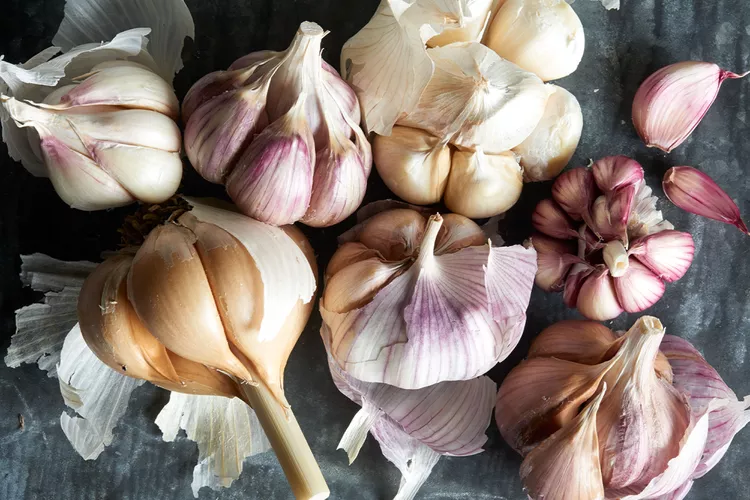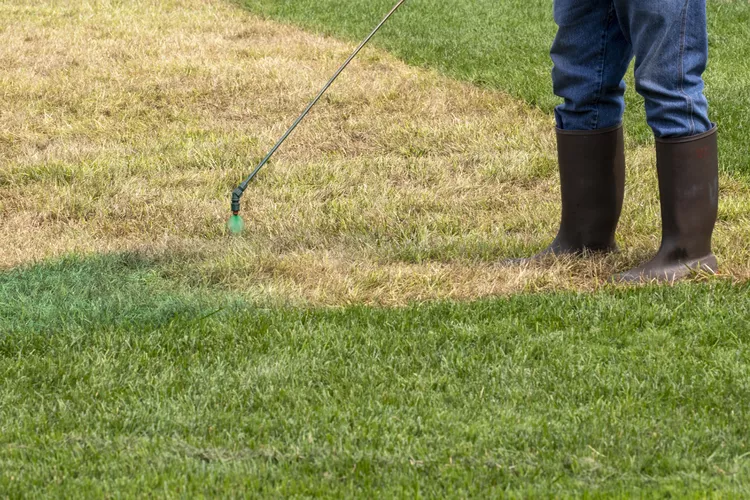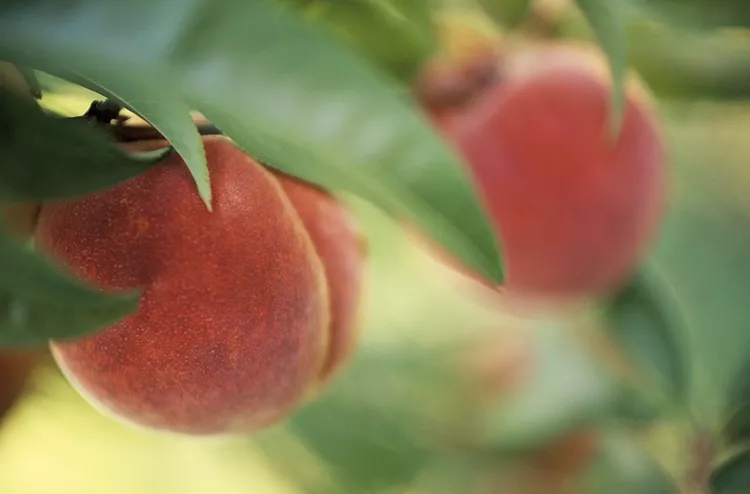A healthy lawn has a brilliant way of making everything around it—from your home to landscape beds to a veggie garden—look more inviting. Wake up a thin, lackluster stand of turf with overseeding. When done right, overseeding can be a fast, low-cost way to add value to your outdoor space. For small areas of turf, all you need is a rake and grass seed. Large lawns call for specialized equipment, but the process is the same. Rent the equipment from your local hardware store and accomplish the job in a single afternoon. Overseed your lawn with ease with the help of these 7 must-know tips.
1. Identify the Cause of a Thin Lawn
Before prepping the existing lawn and purchasing grass seed, take time to determine why your current lawn is thin. Overseeding can be a wasteful temporary fix if there is something significant causing poor turf growth. Does water stand for long periods after a rainstorm? If so, the soil might be too poorly drained for supporting turfgrass; a rain garden in a slow-draining area might be a better solution. Take a soil test. Is there a pH issue or a nutrient deficiency? Address these problems before overseeding.
The most common causes of thin turf include high foot traffic, dense shade, drought and heat stress, and poor mowing practices. Each of these causes of thin turf can be remedied with overseeding followed by excellent lawn care. Generally, if a lawn is made up of at least 50% desirable grasses, it can be improved by overseeding.
2. Time It Right
Where you live and the goal of overseeding will determine the best time to scatter seed. Overseed cool season grasses, such as Kentucky bluegrass and fine fescue, in late summer or early fall for a lush, thick lawn the following year. Grass seed generally germinates and thrives in moderate fall temperatures and regular rainfall. If you miss the fall seeding window, spring is the next best time. Overseed around the last frost date in your area.
Create a thicker, more lush, warm season lawn by overseeding in midspring. The best time to overseed is when the established grass greens up and begins actively growing. The exact time can vary from February to April depending on your location. For a green winter carpet in warm regions, fall is the best time to overseed with annual ryegrass. Wait until daytime temperatures are regularly in the 70s and low 80s before overseeding warm season grasses.
3. Reduce Competition
Prepare to overseed by mowing the existing lawn at a height of 1.5 to 2 inches. This short mowing height is essential for good seed-to-soil contact. Bag or rake the clippings to further increase the chances that the seed will not get caught up on grass blades and will instead contact the soil.
4. Choose the Right Seed
Some turf species can tolerate a bit of shade, while others grow best in full sun. Some species tolerate lots of foot traffic, while others grow well in dry conditions. Choose the right type of grass for your overseeding area. Grass seed suppliers have done the hard work for you. Find grass seed mixes created specifically for sun, shade, high-traffic areas, or dry lawns at home improvement stores and garden centers. Choose a mix that mirrors the growing conditions in your landscape.
5. Prep the Soil
For a small area, such as a stretch of grass along a walkway or a patch of scruffy turf under a tree, grab a leaf rake. Gently rake the thin turf, removing debris at the soil level and roughing up the soil surface while not pulling out existing grass plants. Breaking up the soil surface makes a more hospitable home for new seeds.
Overseeding an entire lawn is made easier with the help of a core aerator or vertical mower to help you prep the soil. Rent these walk-behind machines from a home improvement center or local hardware store. Use a core aerator to create a planting bed for the new seed. A core aerator has hollow metal tubes that remove plugs of soil as it passes over the turf. Make three or four passes with the machine over your lawn.
A vertical mower can be used to get the soil ready for seeds. The knife-like blades of this machine slice through the upper ¼- to ½-inch of soil. In the process, the vertical mower brings dead grass, called thatch, to the surface. Remove the thatch with a rake.
6. Spread Seed Evenly
For small areas, sow the grass seed by hand. Scatter it over the area by steadily moving your hand back and forth and allowing the seed to fall. Scatter the seed in a couple of different directions to ensure good coverage. Finish by gently raking the area to improve seed-to-soil contact.
For large areas, use a drop seeder or spreader to distribute seeds. If you used a core aerator to prep, break up the soil cores and mix the seed into the soil by dragging the area with a piece of chain link fence or a drag mat. If you used a vertical mower, work the seed into the soil by going over the area one more time with the machine.
7. Give New Grass Some TLC
Keep the seeded area moist with light, frequent watering. It's usually necessary to water at least once a day unless it rains. Continue mowing frequently, maintaining the lawn at 1.5 to 2 inches, to reduce competition from the established grass. When seedlings reach a height of about 2 inches, increase the mowing height to 3 inches or so. About 6 weeks after germination, apply a turfgrass fertilizer formulated for new lawns.

